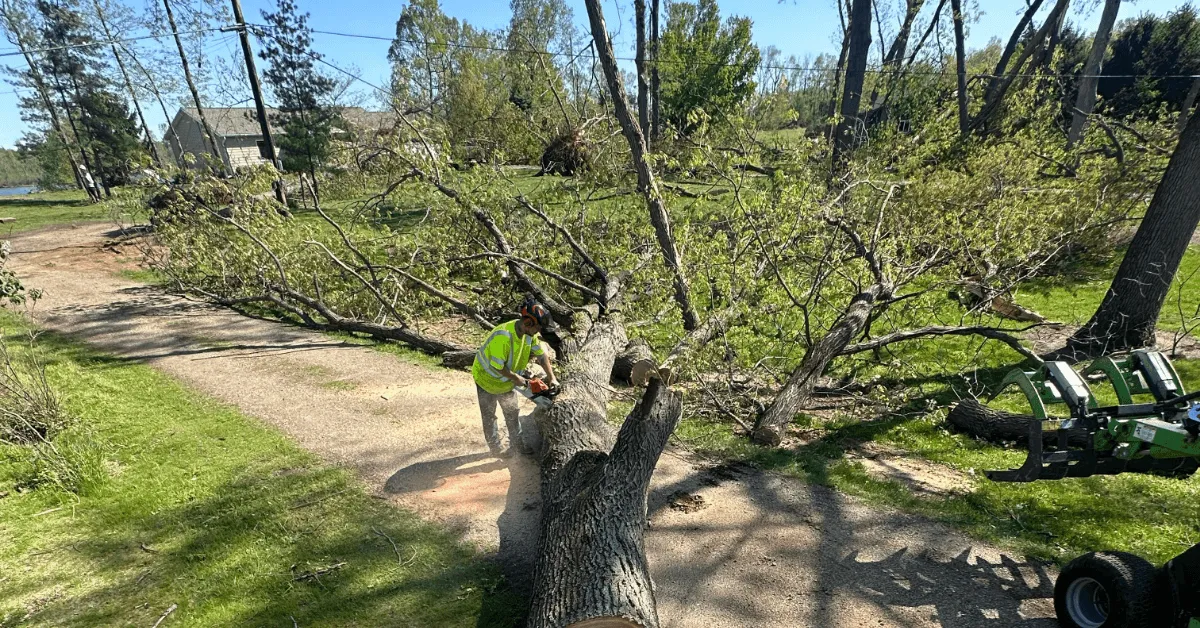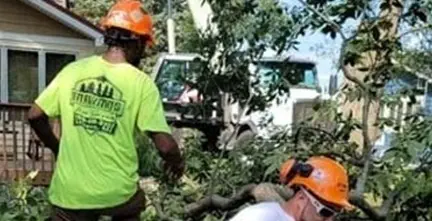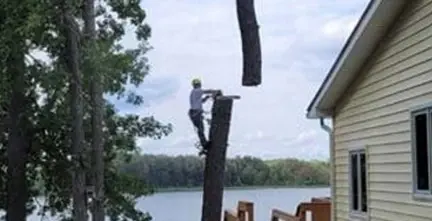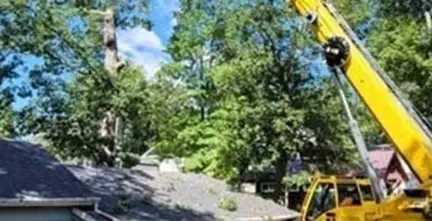In Kalamazoo County, overgrown brush can become a big problem faster than most people realize. That open lot, backyard, or farm field can turn into a jungle of thickets, vines, and scrub trees before you know it. Once brush takes over, it blocks access, attracts pests, increases fire risks, and makes the land practically useless.
Brush clearing is one of the simplest ways to take back control of your property. Whether you plan to build, farm, landscape, or just enjoy your land, it pays to understand why clearing brush matters, how the work is done, and what makes a professional approach worth it.
What Exactly Is Brush Clearing?
When people hear “brush,” they often think of weeds or tall grass. But real brush clearing tackles much more than that. It means removing the thick, tangled undergrowth that builds up when a piece of land hasn’t been maintained — thorny shrubs, invasive vines, young trees, and tangled branches that make an area impossible to walk through or use.
In Kalamazoo, common brush problems include invasive honeysuckle, autumn olive, wild grapevines, blackberry thickets, and volunteer saplings that grow along fence lines and old pasture edges. Once established, they spread fast, choking out healthy native plants and creating dense cover that’s tough to clear without the right tools.
Why You Shouldn’t Ignore Overgrown Brush
Leaving brush unchecked can create bigger headaches down the line. Here’s why it’s worth clearing:
- Fire Risk: Dry brush acts as fuel during hot Michigan summers. Thick undergrowth can turn a small spark into a fast-moving grass fire.
- Pest Problems: Dense brush provides cover for rodents, snakes, and insects like ticks and mosquitoes. This puts your family, pets, or livestock at risk.
- Blocked Access: Brush can block trails, driveways, and utility lines. Over time, it can swallow up old paths and fences, costing more to reclaim later.
- Property Value: A lot that’s overgrown looks neglected. Well-maintained land is more attractive to buyers and easier to develop or farm.
- Tree Health: Invasive brush competes for nutrients and light, putting stress on mature
When Is the Best Time for Brush Clearing?
In Michigan, you can clear brush any time of year if needed, but late fall through early spring is usually the best window. There are some good reasons for this:
- With leaves gone, crews can see what they are cutting and access hidden areas.
- Frozen or firmer ground can better support heavy machinery.
- Wildlife activity is lower during colder months, which helps protect habitats.
- Clearing brush before spring lets you start new planting, fencing, or construction projects sooner.
Common Brush Clearing Projects
Every property is different, but here are a few ways people in Kalamazoo use professional brush clearing:
- Residential Yards and Lots
Backyards often become overgrown along fence lines, behind garages, or on lots that sat unused for years. Clearing brush helps homeowners expand lawns, plan gardens, or just make the space safer and easier to maintain. - Farm and Pasture Maintenance
Farms and rural properties can lose valuable acreage when brush takes over old fence lines, fields, or trails. Clearing that growth restores pasture, improves drainage, and keeps land usable for crops or grazing. - Land Development and Construction Prep
Before new construction, brush must come out before larger trees, grading, or excavation can begin. Brush clearing also helps surveyors and builders see the full layout of the land. - Trail and Access Restoration
Brush often blocks trails, driveways, and easements. Clearing it brings back access to parts of your property you might not have reached in years.
How Professional Brush Clearing Works
Hiring a local, experienced brush clearing crew gives you a big advantage. Here is what you can expect when you work with a professional company like Brawner’s Tree Service:
- Property Assessment
A good crew starts by walking the site, spotting hazards like hidden stumps, rocks, or steep slopes. They will check for protected areas or permits if your property is near wetlands. - Using the Right Equipment
Professionals use heavy-duty brush cutters, forestry mulchers, chippers, or skid steers with grapple saws and specialized blades. This makes clearing faster and more thorough than trying to tackle it with small tools. - Safe Disposal and Cleanup
Clearing brush is only half the job. You do not want piles of debris left behind. Responsible crews chip or haul away what they cut. Some brush can be recycled for mulch or compost, reducing waste and giving you material to reuse. - Protecting What Matters
A local team knows how to clear brush while protecting healthy trees and the soil structure underneath. They can work around existing landscaping or structures and make sure the job is neat when they finish.
Do You Need Permits for Brush Clearing?
Most residential brush hogging does not require a permit, but some areas around Kalamazoo have rules if your land is near protected wetlands, public easements, or certain zoning districts. A local company that understands the city and county requirements can help you check if any paperwork is needed before you begin.
Final Thoughts: Take Back Control of Your Land
Brush clearing is one of the simplest ways to turn an unusable piece of land into valuable space again. You do not have to fight through brambles on your own. A local crew like Brawner’s Tree Service has the experience, equipment, and community knowledge to clear your brush safely and efficiently.
Whether you want to reclaim your backyard, restore a pasture, or get ready to build, brush clearing is a smart place to start. If you are not sure how to tackle your overgrown lot, reach out for a free estimate and see how much more you could do with your land once the brush is gone.




